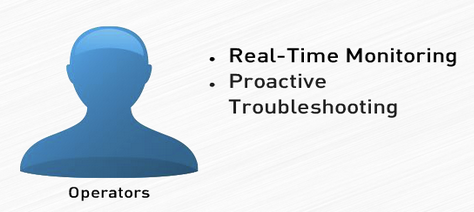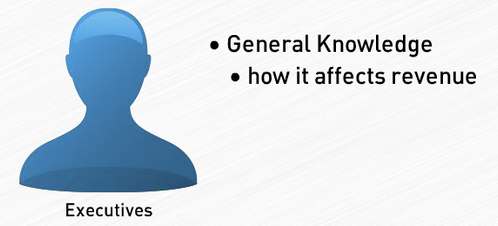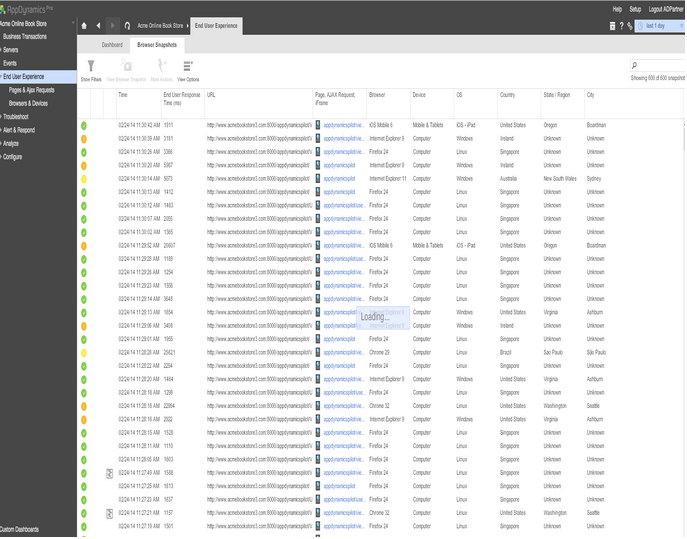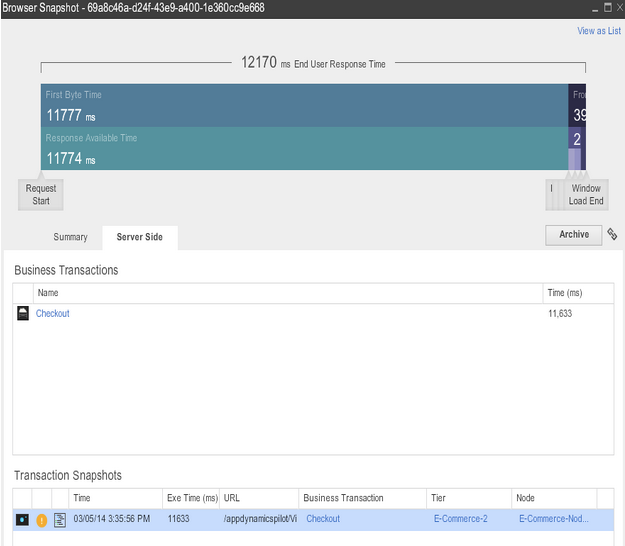In part 2 of this series, we have explored what End User Monitoring (EUM) really means and learned other key dimensions of functionality of an Application Performance Management tool. In this part of the series, we will discuss who gains the most from EUM and what value do they get from using it?
Who gains the most out of End User Monitoring (EUM)?
Operators
Operations teams seem to use the EUM the most because a powerful EUM software allows them to proactively troubleshoot problems with user experience instead of having to troubleshoot reactively.

Executives
Business users are interested in EUM from a situational awareness perspective as well as how the experience of the end-user correlates with the revenue generated through the system. Leading APM tools such as AppDynamics allow for the creation of custom dashboards to make this sort of information available to business users and executives. From a business perspective, understanding the relationship between the quality of the end-user experience and the revenue generated by an application is key to aligning IT with 'the business' and establishing common goals and objectives.

Developers
Development team use End User Monitoring for application testing and for tuning, for example to determine how the application performs within different browsers, or for visitors from different geographic regions.

With End User Monitoring, you will see exactly how your end users experience your application. As part of a strategic APM implementation it allows an organization to:
- Understand application performance at the browser level with granular response time snapshots
- Drill down to the root cause of the performance problems
- Gain end to end visibility on both end user experience and server side performance.
This is invaluable to any organization whose business depends on software because, at the end of the day, if your end-users are not having a good experience you need to know about it and be able to respond as proactively as possible.
Customers can further drill down from a browser snapshot to the corresponding call stack trace in the application server giving them the full visibility starting from the browser - to the application server - to the database.

Figure 1: Browser Snapshots depicting the type of browser and the device used by the end user

Figure 2: Call stack trace on the server side of the application
Stay tuned for the next segment where we will be walking through several EUM views/panels that will help us to determine some of the root causes of poor end user experience.




